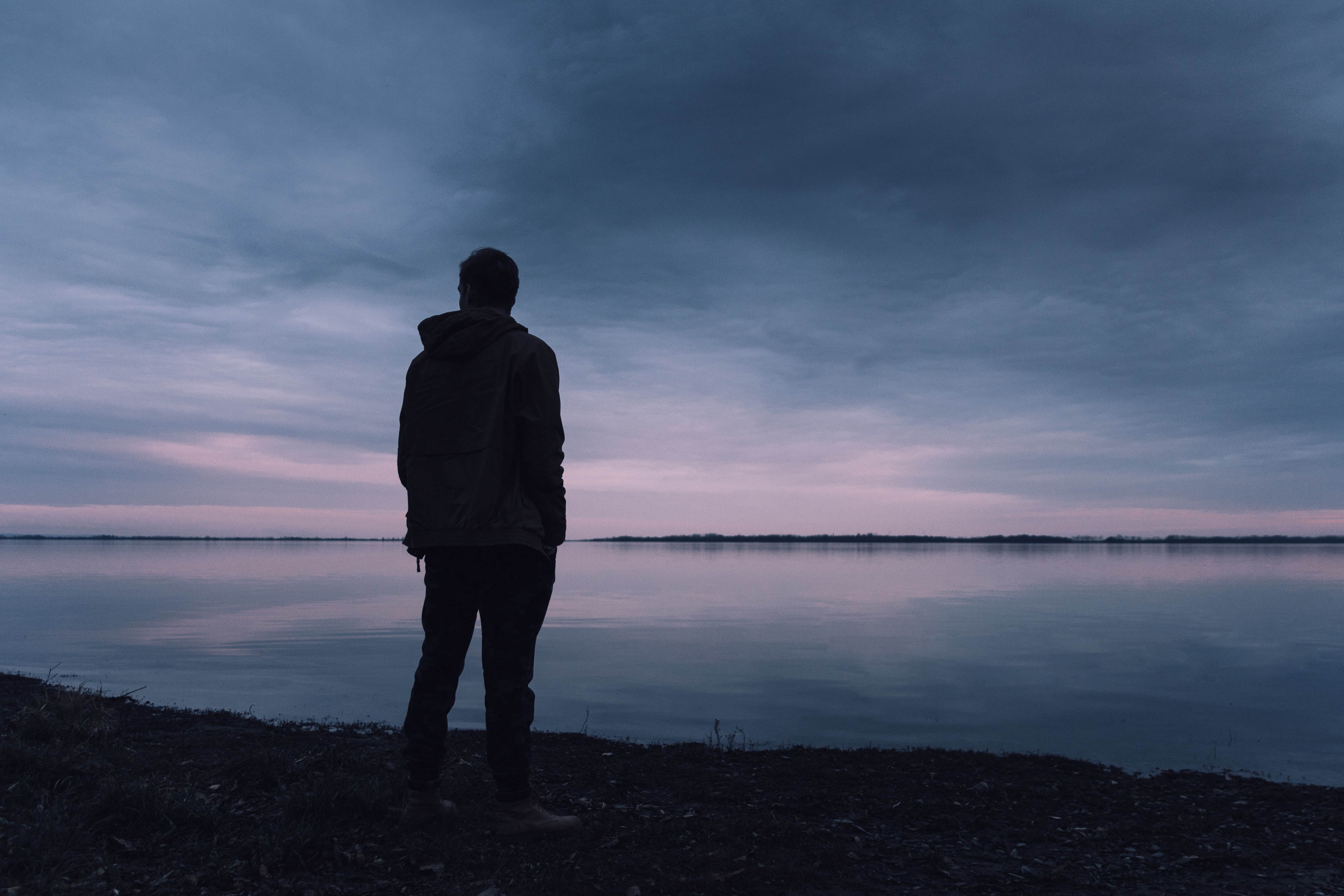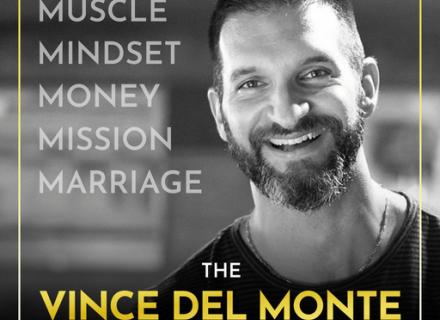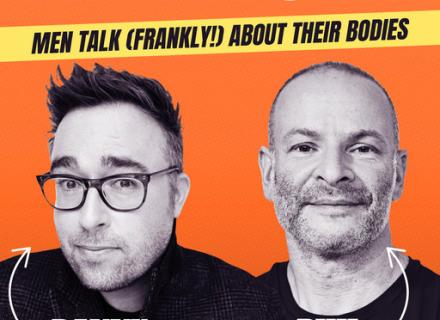Male Isolation: Recognising the Invisible Men in our Midst
A young African-American man lives beneath the surface, "rent-free in a building rented strictly to whites, in a section of the basement that was shut off and forgotten during the nineteenth century." He steals electricity from the power company for light. He blasts Louis Armstrong records on an ancient phonograph. Still, no one knows he's there. No one knows he exists.

This is the protagonist of Ralph Ellison's seminal 1945 work, Invisible Man.
The invisible man symbolises the deep isolation an African-American man could expect to experience in that time. Importantly, though, the invisible man is not physically invisible. "I am invisible, understand," he muses, "simply because people refuse to see me."
More than 70 years later, we live in an age where too many people feel invisible, unseen, and alone; where the bonds of social connectedness are frayed. And, increasingly, it is men and boys who are feeling cut loose and adrift. These are the modern day invisible men--and their anguish must call us to action.
There are young men who have felt invisible at empty tables in school cafeterias. Nearly 16 percent of high school boys in a 2015 CDC survey reported being bullied on school property. At the college and university level, males regularly constitute the majority of suicides.
There are older men who have felt increasingly invisible as they age. The UK charity Independent Age found "older men report significantly less social contact with children, family members, and friends than older women." The same charity projected the number of men 65 years and older living alone will increase 65 percent by 2030.
There are homeless men, "nameless and faceless" to most, who sleep in the shadows of society on park benches and cardboard mats. In the United States, 60 percent of the homeless are male. The gender gap among homeless not in shelters is even more striking: 70.8 percent are male.
Overall, an OECD survey found that "in 12 out of the 21 OECD countries for which data are available, men reported greater social isolation than women."
Any individual man, of course, may feel invisible for any number of reasons--disability, depression, the ending of a critical relationship, joblessness, and more. But the striking gender gaps suggest there is something more at play. One possible reason is a notion of masculinity that makes it difficult for many men to build supportive relationships and develop emotional connections. Where women may seek or offer help, men are socialised to remain stoic.
Expectations about masculinity start early. Boys bullied in school are labeled "gentle" or "sensitive." Anti-bullying efforts that emphasise victims standing up for themselves can compound the problem by implicitly blaming victims for not being "tough enough". And of course, who hasn't heard the dictum "boys don't cry," or the injunction to "man up"?
Patterns internalised since boyhood can ultimately last a lifetime. I was struck by a story I read in the Japan Times about men in Japan who take care of elderly relatives. Individually, those men admitted to having "enormous difficulties with tasks like cooking, doing laundry, and purchasing underwear for their ailing wives or mothers." Yet, according to the article, the men rarely join caretaker support groups, which women dominate. When they do show up, "they generally don't say a single word and just sit there with a grim expression."
Social isolation can have serious consequences both for the people who feel isolated, and for others around them. It increases the risk of heart disease and stroke at a level equivalent to the results of smoking. Physiologically, socially isolated people experience more "fight or flight" reactions and "micro awakenings"-- which may occur when the brain is overly alert for threats during the night. People who perceive external stimuli as "threats" may act more aggressively.
Conversely, there is increasing evidence that having good relationships--feeling socially connected--leads to both psychological and physical health. Robert Waldinger, the current director of a decades-long Harvard study of men from the Boston area, noted that the men in the study who were the happiest in their relationships at 50 years old were also the healthiest at 80.
Put simply, social connectedness lifts lives--which is why, as families, communities, and societies, we need to find more ways to help men become and stay connected to others.
Last October, 95-year old Bill Palmer called in to a BBC Radio show. His wife Sheila, who had dementia and colitis, was in a nursing home. Though Bill visited her every day, Sheila could recall little. "Every day is hell," Bill told the host, "I feel so alone."
The host immediately brought Bill in for coffee, and listeners flooded Bill with invitations to lunches and other gatherings. "I didn't know such kindness existed," Bill remarked.
Great things can be achieved when our recognition of pain meets our capacity for compassion. As the poet William Blake wrote, "Can I see a falling tear, and not feel my sorrow's share?"
But compassion can't reach those we don't recognise as isolated, and support can't reach those we don't recognise as vulnerable. That is why we have to start by seeing the invisible men.






